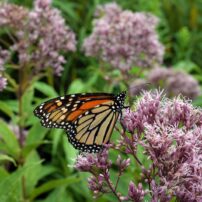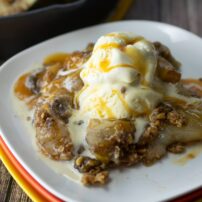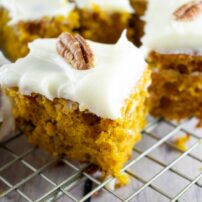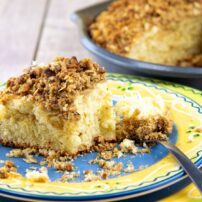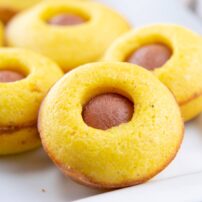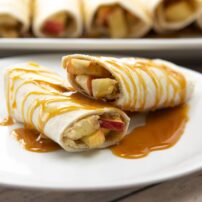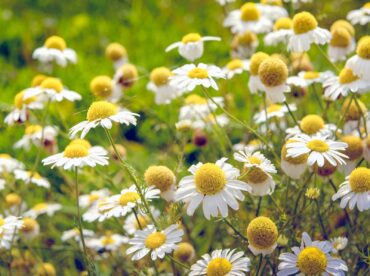
Florals are a feast for the eyes, brightening up your day instantly. However, they can also be a feast for your body as well. The health benefits of edible flowers deserve so much more recognition. It’s nature’s gift, and it’s essential to take advantage of it.
Are There Actually Edible Flowers?
Before diving into the health benefits of edible flowers, you may find yourself asking whether they’re real at first. Yes, there are a variety of blossoms you can consume. However, you shouldn’t take a bite out of your fresh bouquet anytime soon. It’s best to handle them with care and preparation to have a delicious experience.
The Health Benefits of Edible Flowers
The exact impact can vary from blossom to blossom. Their preparation and use also differ depending on the species and its composition. Here are the health benefits of edible flowers.
1. Lavender
Lavender is a beautiful purple flower. Its scent alone can help promote relaxation, but so can eating it. Remove the petals and add them to baked goods like cookies and cakes. If you prefer savory, they pair well with salad and tea. They’re also excellent as a tea, offering a subtle citrus taste while staying fresh. If you have leftover water, use it to wash your skin and help with acne.
2. Calendula
Calendula is a popular ornamental flower. Some even use it as a decorative piece in culinary dishes since it’s edible. It offers anti-inflammatory and antioxidant powers. Incorporate its orange petals into your tea and dishes to cleanse your palate and immune system simultaneously.
3. Chamomile
Chamomiles are quite a dainty flower. They are one of the more popular edible florals, especially with the amount of people who love chamomile tea. Aside from tasting comforting, it can calm anxiety and headaches by promoting sleep. A cup during the evenings can bring you a good night’s rest.
4. Hibiscus
Hibiscus are alluring with their deep red color. You can dry the flower and steep it in warm water to achieve tea of the same hue. Drinking this can improve blood pressure and cholesterol. People who want a sweeter spin make jam out of it, too.
5. Dandelion
Dandelions are more than just weeds. These smaller florets can spawn white balls with plenty of vitamin A. They can improve your eyesight and strengthen your immune system. Dandelion is often used as an additive to other floral teas. It’s also a great accompaniment to salads and pasta dishes.
6. Honeysuckle
Honeysuckles are a rare flowering plant, but they are versatile. You can use them to brew sweet tea or create a fragrant syrup. Honeysuckle goes well with iced lemonade and pancakes. Plus, it can help with treating colds and sore throats. Eat it when you have the flu to recover.
7. Sunflowers
Sunflowers are so big and beautiful, with their bright yellow petals. About 25% of the population eats in-shell sunflower seeds. However, you can also use them to make flour for cakes. These components offer vitamin E, which can improve heart health.
8. Chrysanthemum
Chrysanthemums have so many petals that look almost magical. They offer several health benefits, from treating headaches to improving the digestive and nervous system. You can use smaller ones to brew tea. Add ginger for extra health and spice.
Improve Your Health
There are so many health benefits of edible flowers, with some having more long-term effects than others. Consider incorporating them into your garden. If you ever feel under the weather, you can pluck from your supply and make yourself a warm cup of floral tea.





